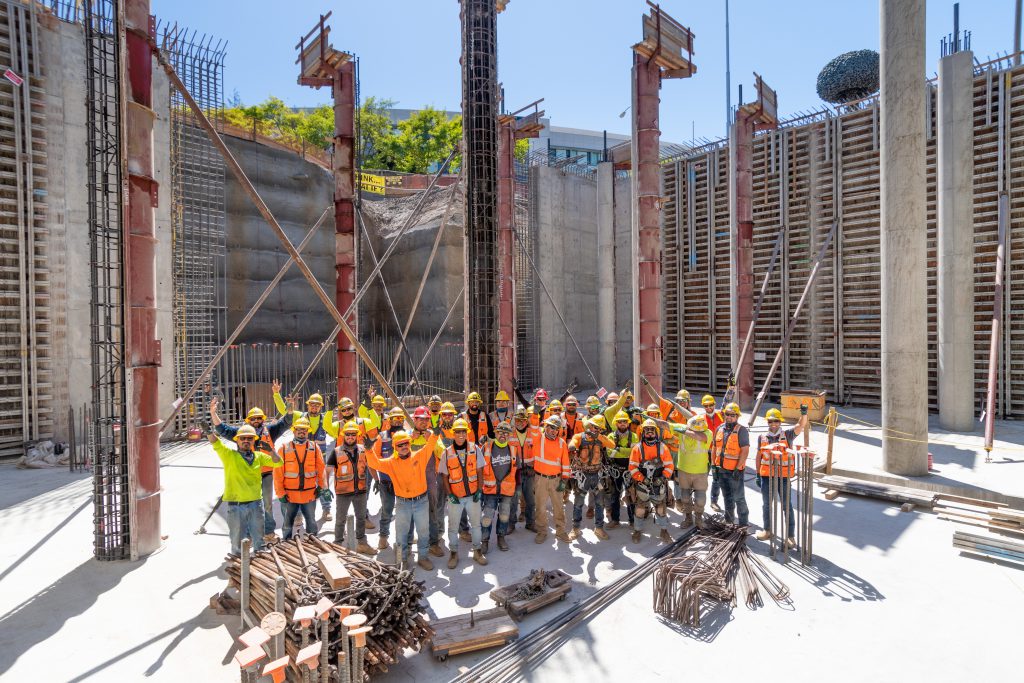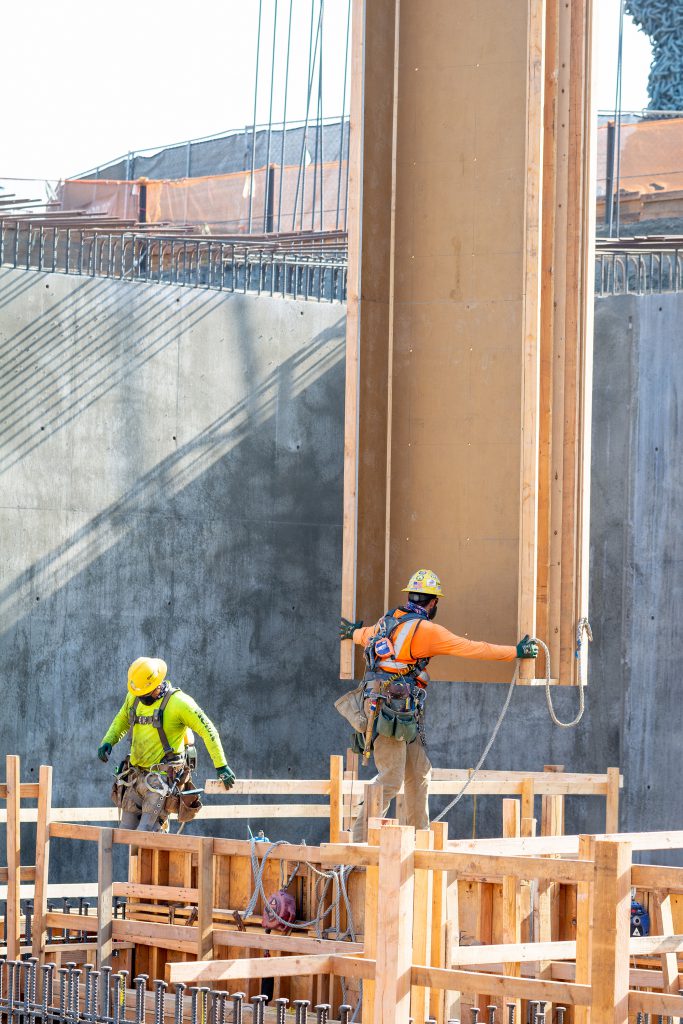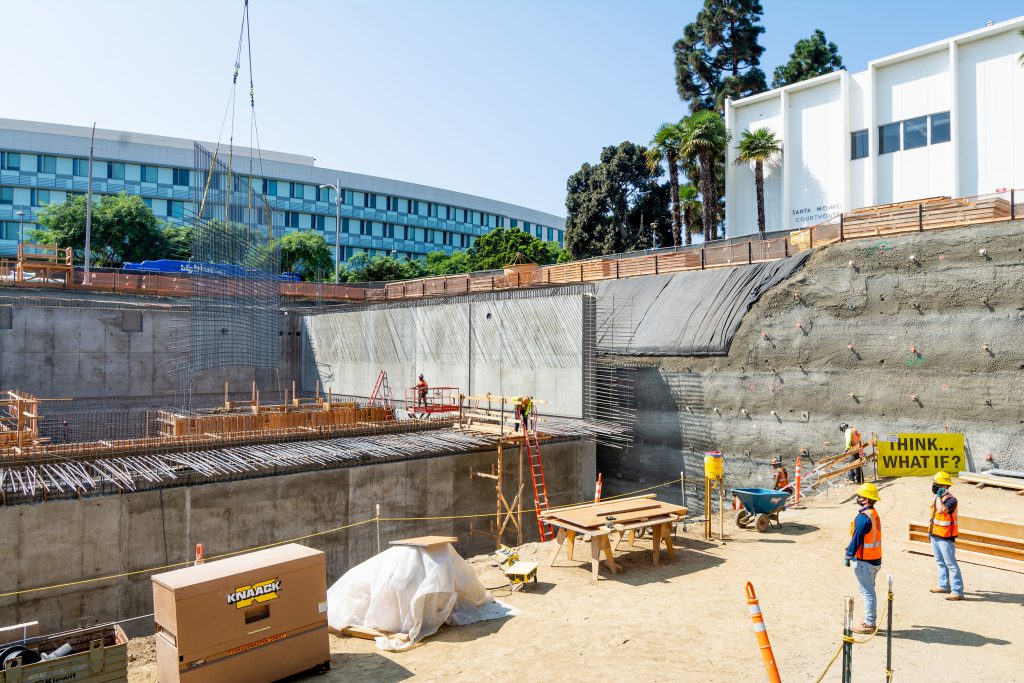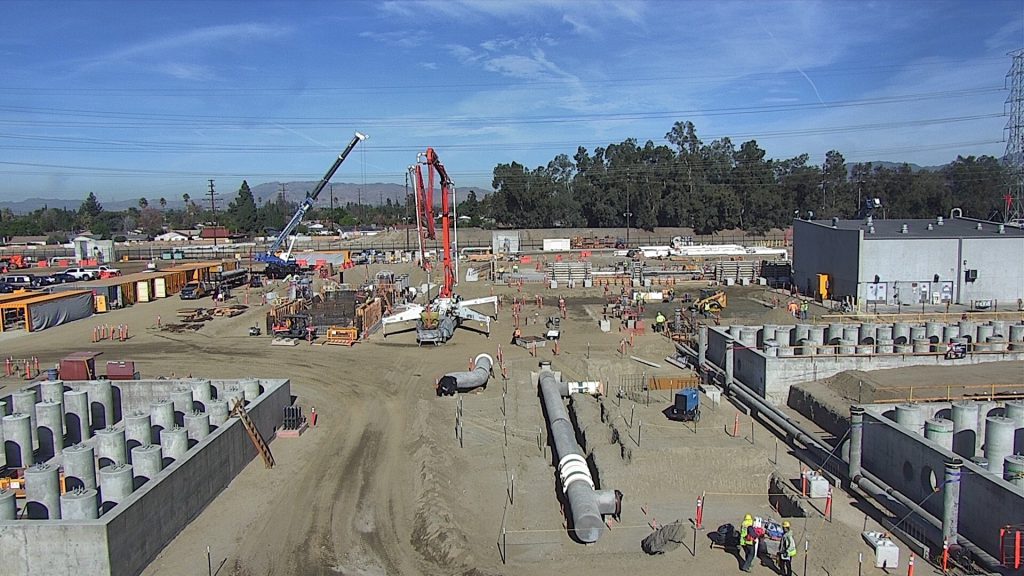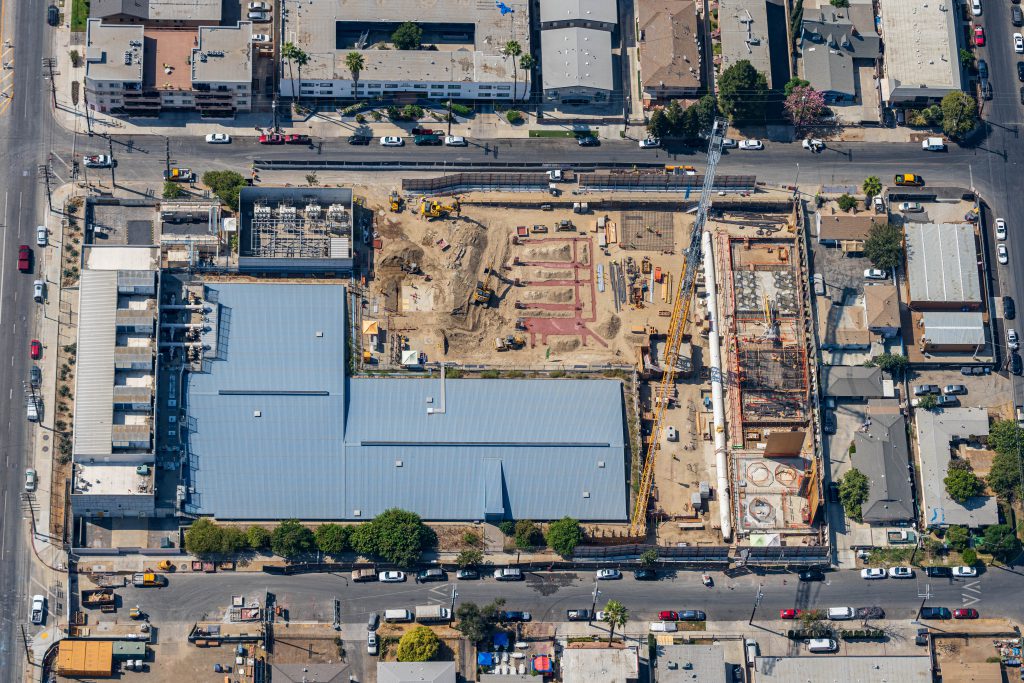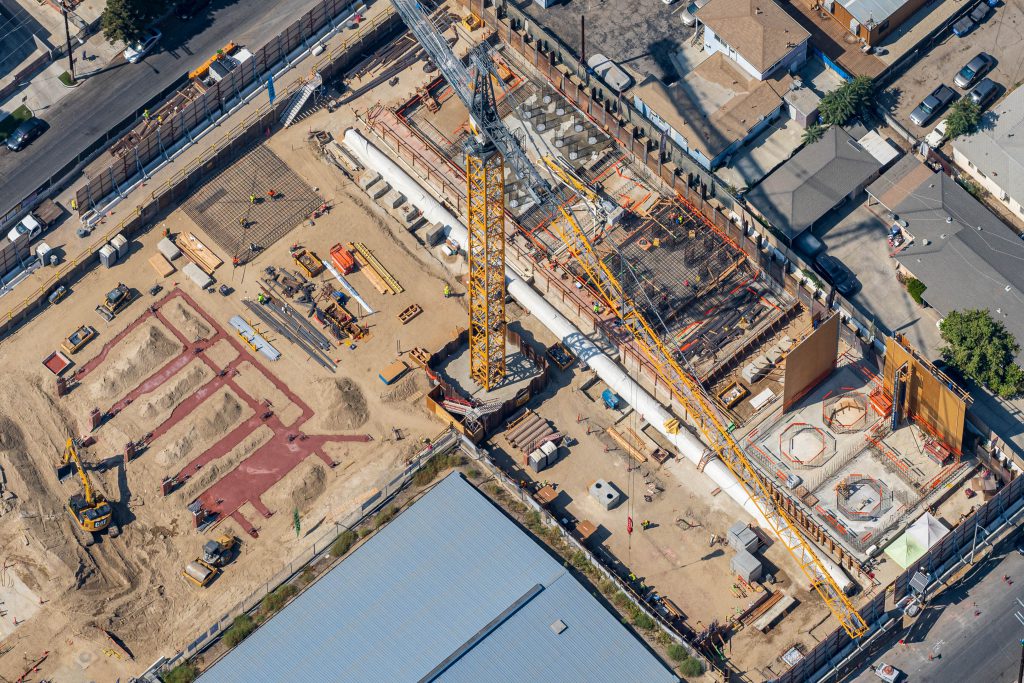Using a relatively new Progressive Design Build (PDB) contract model led to increased collaboration, more innovative solutions, better designs and more accurate estimates and schedules on two recent water projects in Southern California.
What’s different about the PDB model is the preconstruction phase where contractor and client come together to understand project end goals and identify innovative solutions that optimize the right combination of cost, schedule and risk transfer between the parties.
Contract price, schedule and terms are not fixed until the design is 60% to 100% complete, according to William Searles, vice president of preconstruction services for Kiewit Water Markets and Strategy.
“As you progress through the scope generation and design phase, we don’t have the pressure of operating under a fixed price or schedule,” he said. “That frees us up to be a solutions provider, to bring ideas, to be able to really understand what the client is looking for, what their end goals are for the project and what their budget is.”
At some point when the design is at least 60% complete, the client and contractor decide the scope of work is fixed enough where risk can be transferred from client to contractor. They settle on a Guaranteed Maximum Price and issue a contract amendment for the construction phase of the project.
SWIP Project in Santa Monica, California
Kiewit Infrastructure West Co. led preconstruction services on the $88 million Sustainable Water Infrastructure Project (SWIP) for the city of Santa Monica and was then selected to complete the construction. The PDB model allowed the company to identify several client cost-saving solutions early in the design process, including:
– A way to use the city’s existing storm drain infrastructure and construct a stormwater storage tank at the main site rather than design and build new tanks at two different sites. This eliminated four stormwater tie-ins and avoided the need to lay stormwater pipe under a live light rail track. The solution saved the client $5 million and eliminated the need to close a popular public park for 18 months.
– A recommendation to replace a 4.5-million-gallon stormwater harvesting tank with a 1.5-million-gallon tank to keep the project within the client’s budget.
– Creative temporary engineering solutions for excavation, shoring, and process tie-ins.
“On the SWIP project, Kiewit has been our partner throughout the project,” said Alex Nazarchuck, city engineer for the city of Santa Monica. “They’ve taken on our challenges and problems like they were their own and worked with us to solve them.”
That’s the beauty of the PDB model, according to Searles.
“Kiewit’s goal on these jobs is to be a solutions provider, a trusted advisor to the client,” he said. “Regardless of the contractual relationship, we’ve failed if the client believes we aren’t acting in their best interest or focused on their needs, goals, and desires.”
The Sustainable Water Infrastructure Project (SWIP) included construction of a below-grade, advanced treatment facility to treat a blend of sewer and stormwater at the Santa Monica Civic Center lot.
North Hollywood Central and Tujunga Well Field Response Action Treatment Facilities in Los Angeles
A second water job in Southern California is proving to be another PDB win. The North Hollywood Central and Tujunga Well Field Response Action Treatment Facilities project is part of Los Angeles Department of Water and Power’s (LADWP) comprehensive, long-term plan to replenish and store contaminated groundwater at sites across the 175-square-mile San Fernando Groundwater Basin.
Kiewit Infrastructure West Co. won the $456 million contract for design, engineering, permitting, construction, and commissioning. In the preconstruction phase, Kiewit brought $52 million in alternative technical concepts to the table, outlining ideas for value engineering and innovations. The client accepted more than $36 million of these, including:
-An alternative pretreatment technology that replaced cartridge and sand filters with auto-strainers to capture solids through a series of stacked screens. The change saved the client capital and maintenance costs.
-A design change to construct the new facility without the need to acquire adjacent real estate by eminent domain. The original plan would have displaced some residents, which would have caused significant delays due to COVID. The plan saved the client time and money.
“Kiewit’s approach to progressive design build on our project is working very well and has helped us avoid surprises,” said Kurt Wells, group manager of LADWP Water Engineering and Technical Services. “Kiewit tailored their dashboards to our needs. Everyone on the project team has access to the information they need to make timely decisions. Kiewit was the right choice for this complicated project.”
Kiewit teams also helped these clients with first-of-their-kind regulatory approvals and with identification of existing utilities during the design phase. “Feeding this information into the design produces higher quality, better focused engineering solutions. It enables us to proactively mitigate issues in the office before they impact construction crews,” said Searles.
“Ultimately, when we execute these types of projects well, we properly manage the risks inherent to them and increase our likelihood of financial success while simultaneously building a high-functioning, integrated team with our clients. This is a recipe for a flourishing job and lasting client relationships.”
Crews install underground piping and electrical systems in addition to the granular activated carbon (GAC) vessel support columns (shown in the foreground) on the Tujunga site. The North Hollywood and Tujunga plants will extract water from two sets of existing, non-producing groundwater wells, treating 50 million gallons a day and 25 million gallons a day, respectively.
